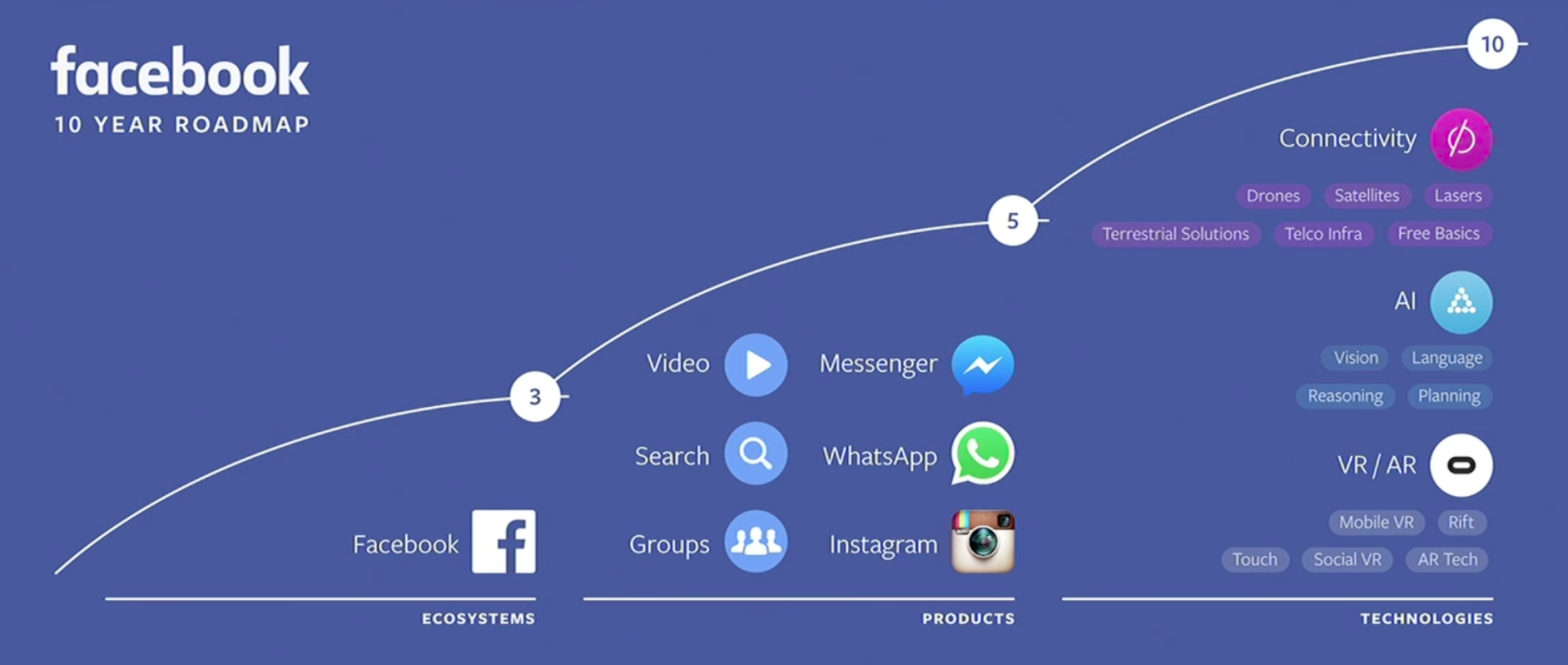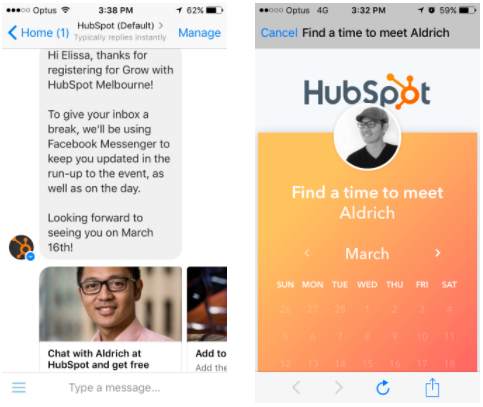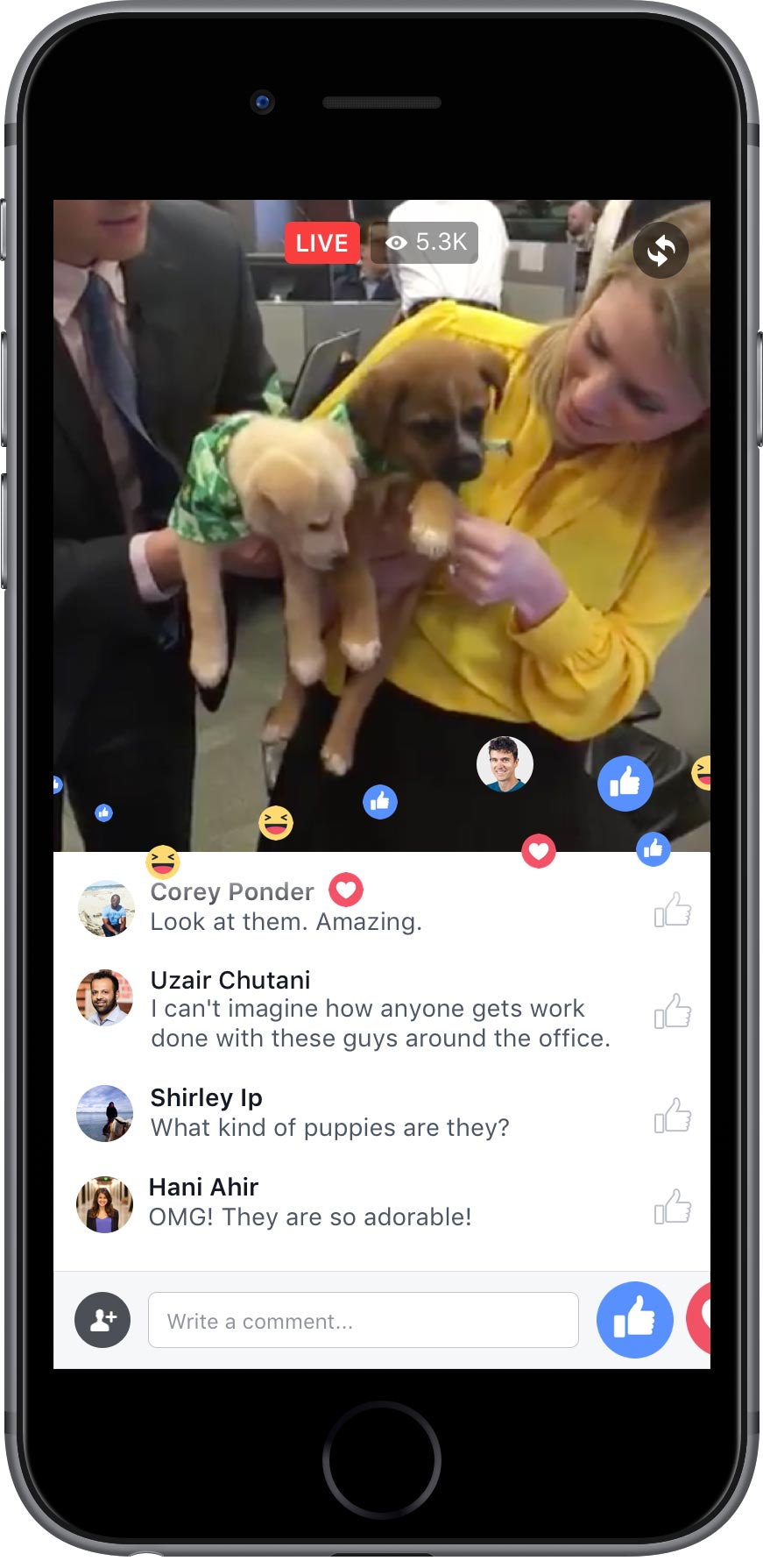You see, social media marketing has changed, but most social media marketers haven’t. They should know how those networks work and be able to create the content that does best in those channels. People want video. Those concerns are valid and true, but it doesn’t mean mobile marketing doesn’t work for B2B, it just means we need to change our tactics and Facebook is eager to help. The ad unit brings your content to users on the Facebook mobile app and Instagram. Start building a plan for how you can start messenger conversations now. 4) Social Ads Most people would agree that a modern social media marketing strategy has to incorporate video and mobile, but do you have to use ads? Those monetization efforts started with exciting marketing solutions for big consumer focused brands, and they work. But an ad powered by great content that is part of a well targeted inbound campaign is something your audience will welcome. Social Media and Social Ads are the answer.

It’s time we talked about how you’re using social media. That’s right, this is an intervention.
We’re concerned about what you’re doing, and more importantly what you’re not doing. Your lack of adoption of new channels. Your total disrespect of mobile first users. Your reluctance to try video. Your fear of spending money on social ads. Your results. We’re concerned.

We bring up these concerns out of love for you and modern marketing. You see, social media marketing has changed, but most social media marketers haven’t. A modern social strategy is light-years away from the definition we used in 2012 and it’s time to adapt. Adapt to a mobile first, video obsessed audience. Adapt to new tactics that take advantage of new tools. Adapt how we measure success and what we’re trying to achieve.
This isn’t a matter of making tweaks, we need to start over.
We know this because it’s something our own marketing team has gone through here at HubSpot. Over the last few years we’ve had to constantly reinvent ourselves. We’ve learned the hard way so you don’t have have to.
Why do we need a new start?
Things have changed — and that all starts with Facebook.
Flash back to 2012 with me for a moment. It was an eventful year: we were all watching Gangnam Style on our iPad 3’s, morning the loss of Whitney Houston, and eagerly awaiting the Facebook IPO. An IPO that we were excited but unsure about.
It wasn’t clear at all in 2012 that Facebook had a viable business model. Investors were concerned if they could actually monetize. After the first few months of their IPO their stock was down and their future looked grim.

The fact that this was only 5 years ago Facebook seems ludicrous. Today Facebook is one of the fastest growing, most well known, most trusted, and most valuable companies in the world. It’s only rivals may be Apple and Google.

Facebook’s success as a business is directly related to their success in mobile. In 2012 Mobile represented only 10% of Facebook’s revenue, today it accounts for 82%. They were able to move with users from desktop to mobile and create a totally new stream of revenue that corresponded with a big shift in consumer behavior.
This success has allowed Facebook to expand. It’s gave them the means to buy Instagram and WhatsApp and spend time developing new products like Messenger.
…there are only 24 hours in a day, and the average person sleeps for 8.8 of them. That means more than one-sixteenth of the average user’s waking time is spent on Facebook. – New York Times
These new products are big bets that they hope will have the same impact on their business as their shift to mobile did for them back in 2012. Below is Facebook’s 10 year roadmap. An astonishingly ambitious plan to create multiple new products and revenue streams, most notably around messaging, video, virtual reality, and artificial intelligence.

Facebook has never been more important than now. They are innovating incredibly fast and changing the meaning of social media. It’s critical to figure out how your audience lives in Facebook (Instagram, Messenger, WhatsApp) because they are there, everyone on the planet is. Once you do figure out how you can use the tools Facebook offers to connect with them.
The Trends: New Channels, Video, Mobile, Ads, AI
There are 5 major trends that are defining this next wave of social media.
1) New Channels

One of Facebook’s most recent hits is Facebook Messenger. It’s one of a handful of new channels, along with Instagram, WhatsApp and Snapchat that’s dominating time spent on social.
In 2012 Social Media was the big three, Facebook, Twitter, LinkedIn. That’s it. Your goal was to engage and grow communities on these channels via desktop. The idea was to gain enough likes and followers so that you had a reliable distribution channel for your content.
Today, your audience may still be there, but there many other places as well. Social media usage hasn’t slowed down one bit since 2012, it’s grown and diversified. You must know your audience and you must focus your efforts on the networks that are most relevant for them.
To make this happen, the role of the social media manager / marketer needs expand. They need to understand your target market, and whatever social channel they spend time in. That probably includes Facebook, Twitter, and Linkedin, but it’s now expanded to new networks like SnapChat, Reddit, YouTube, WhatsApp, and more.
They should know how those networks work and be able to create the content that does best in those channels. This means that social media marketers need to be experts in ads, creating video, stories, messaging bots, and more.
Furthermore, their goal shouldn’t be to try and turn these places into a distribution channel. Instagram for instance isn’t interested in having users leave their app. They’ve made it hard for marketers to drive people from their app to a landing page without an ad.
A modern social media marketing strategy doesn’t try to drive people out of these sites, they turn these sites into a conversion funnel in and of themselves. They create amazing content that brings attention and use ads and technology to convert those users in network. No landing pages, no emails. This is true for all networks now, not just Instagram. More on this later.
2) Video

Instagram was one of the first totally visually focused social networks, at first it was almost all pictures. It’s massive success served as a spark for the rest of the industry. Quickly other social networks started leaning away from text into images, and that trend continued to video.
We all now…

COMMENTS